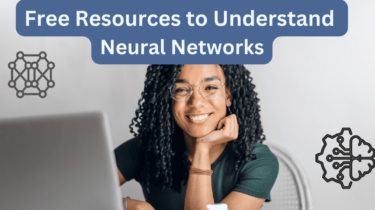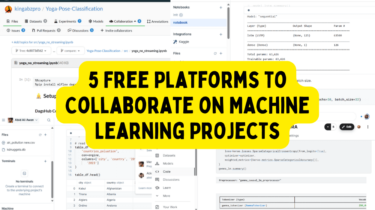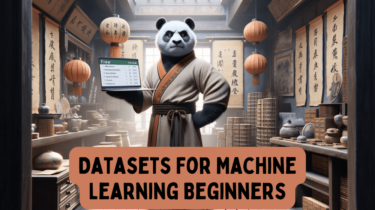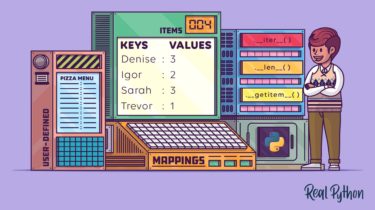5 Free Resources for Understanding Neural Networks
Image by Author Deep learning models achieve state-of-the-art performance in several computer vision and natural language processing tasks. If you want to become proficient in deep learning, you should first understand how neural networks work and then proceed to explore the different types and neural network architectures for specific tasks. To help you get started, we’ve compiled a list of free resources—a mix of books, interactive tutorials, and video lectures—that’ll help you learn all about neural networks. The resources are […]
Read more






